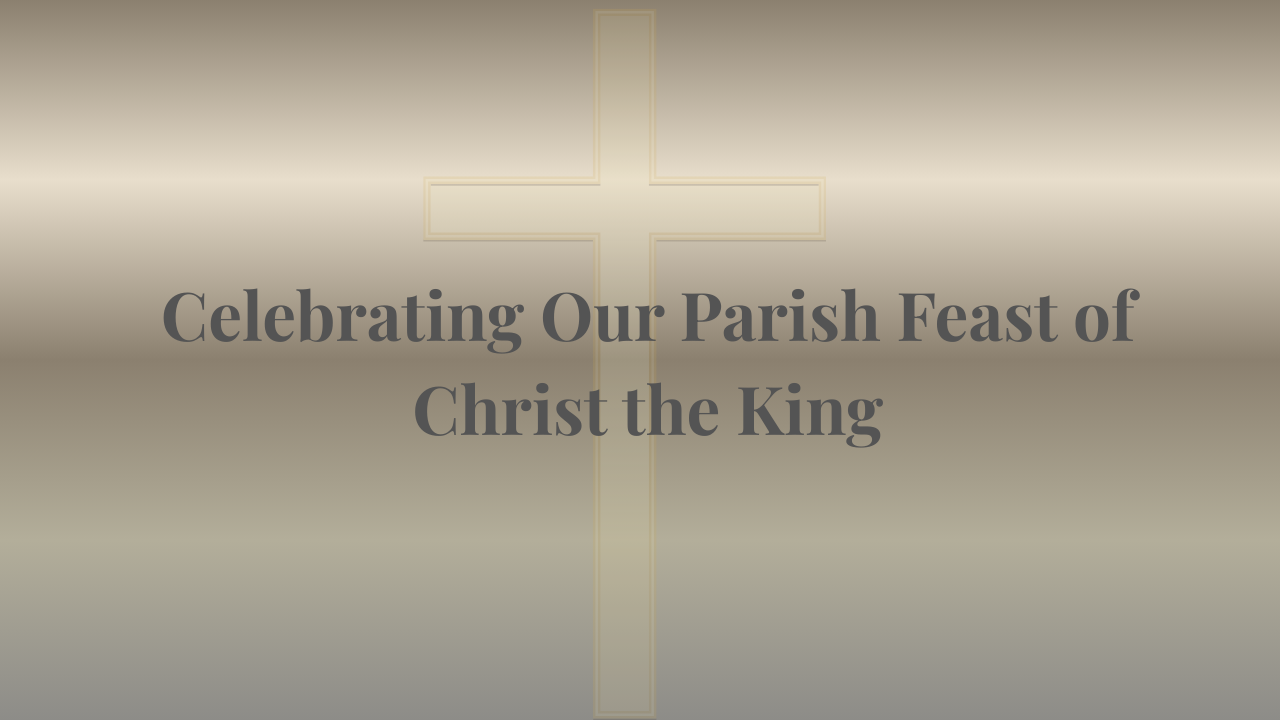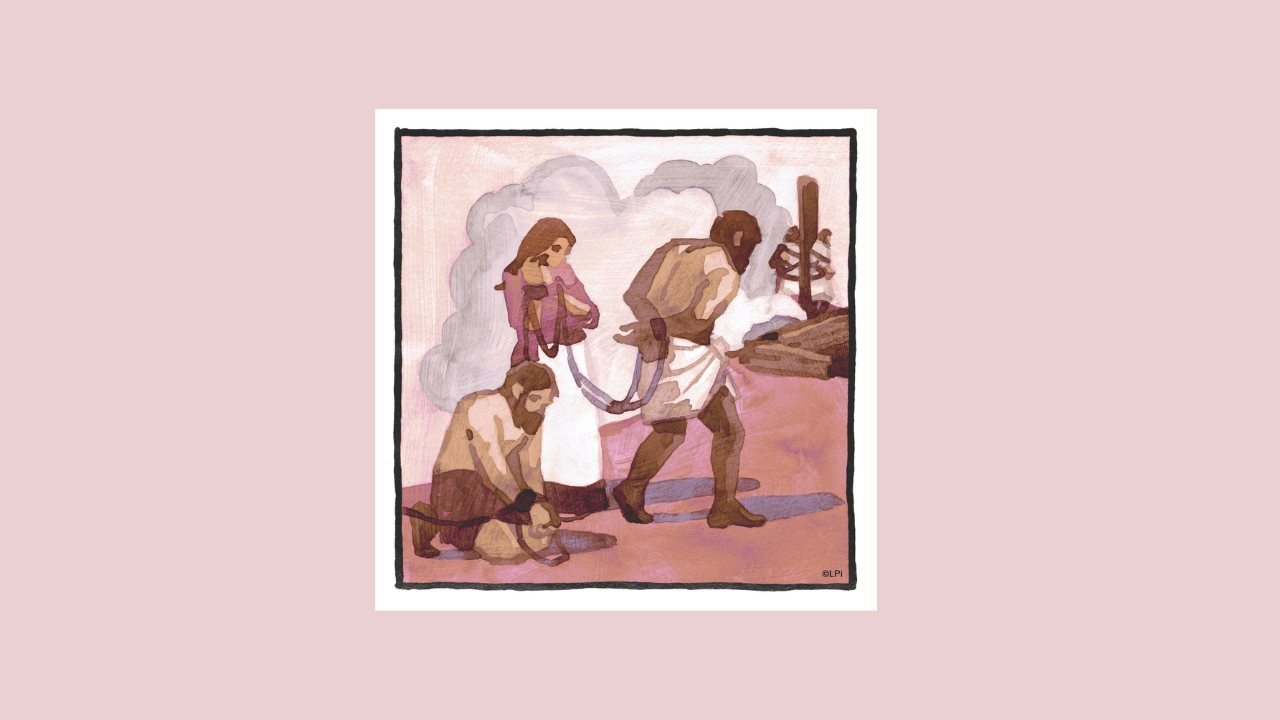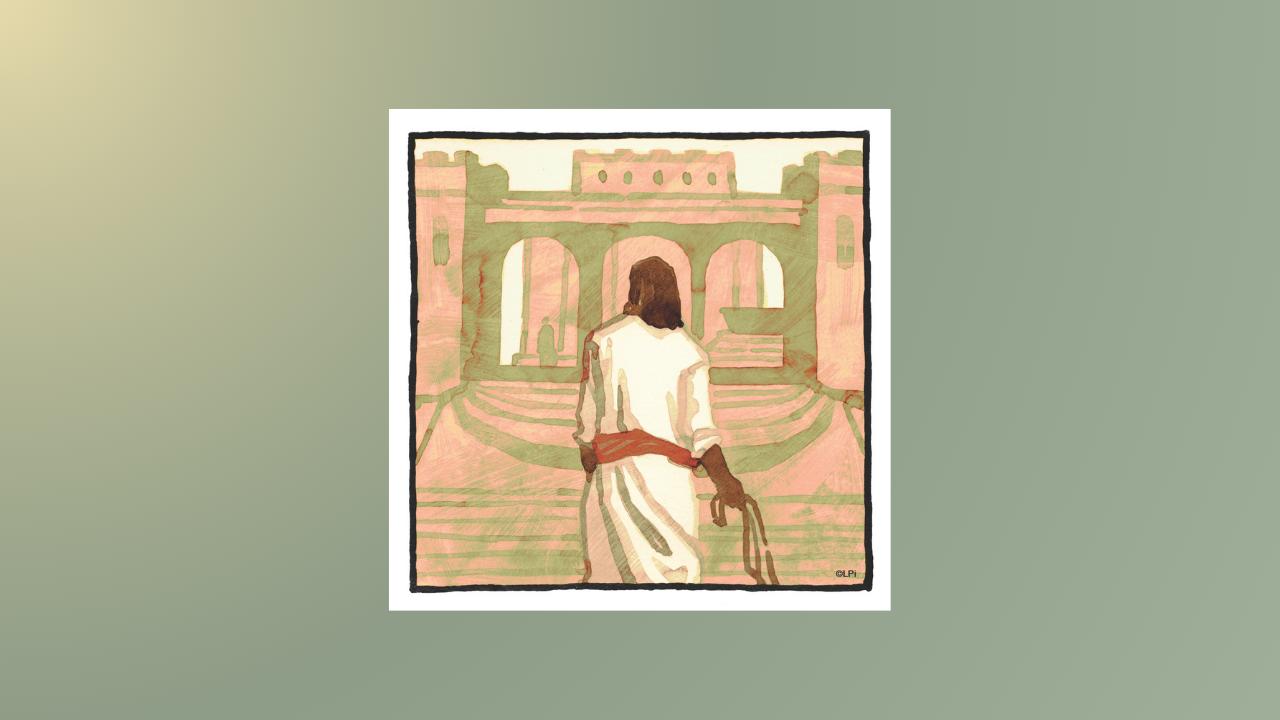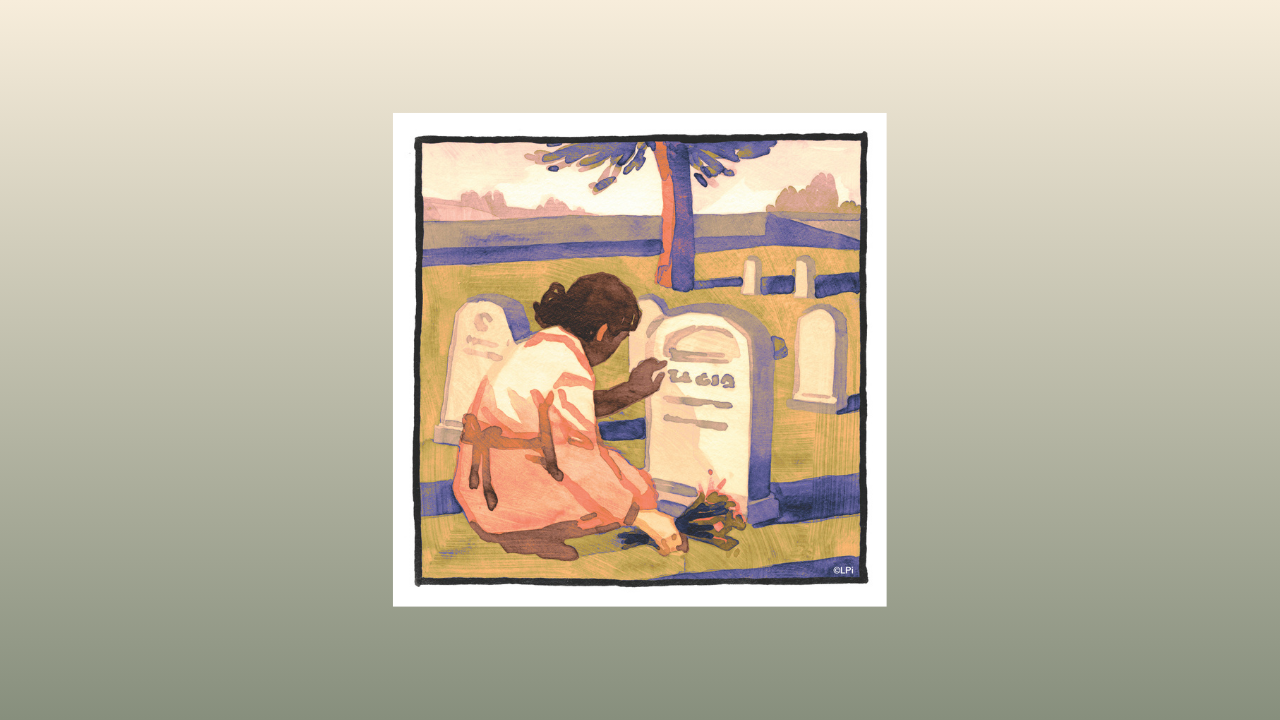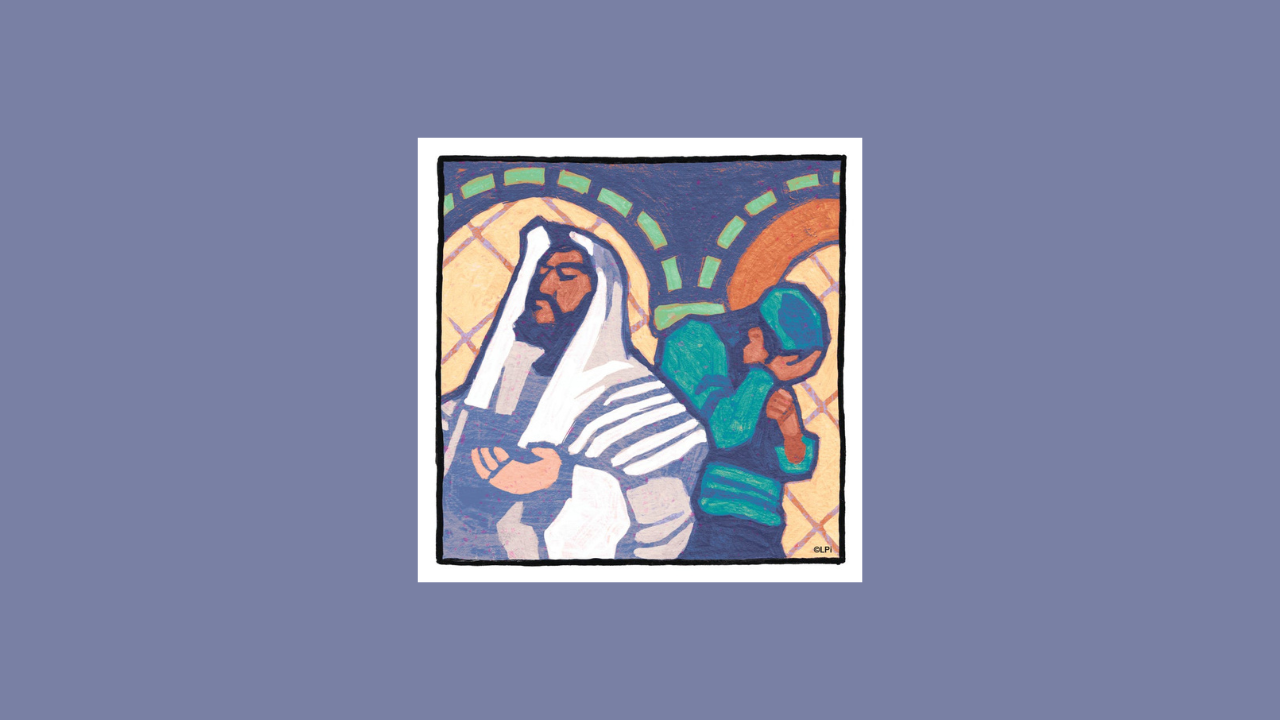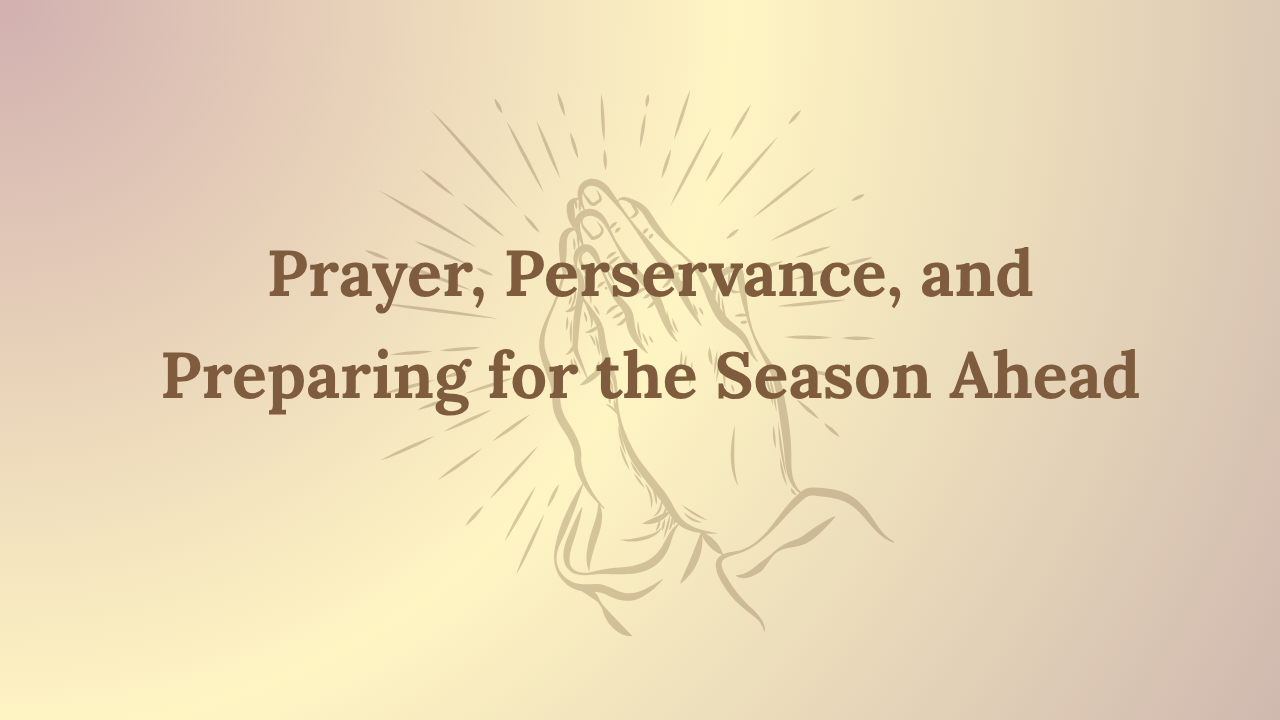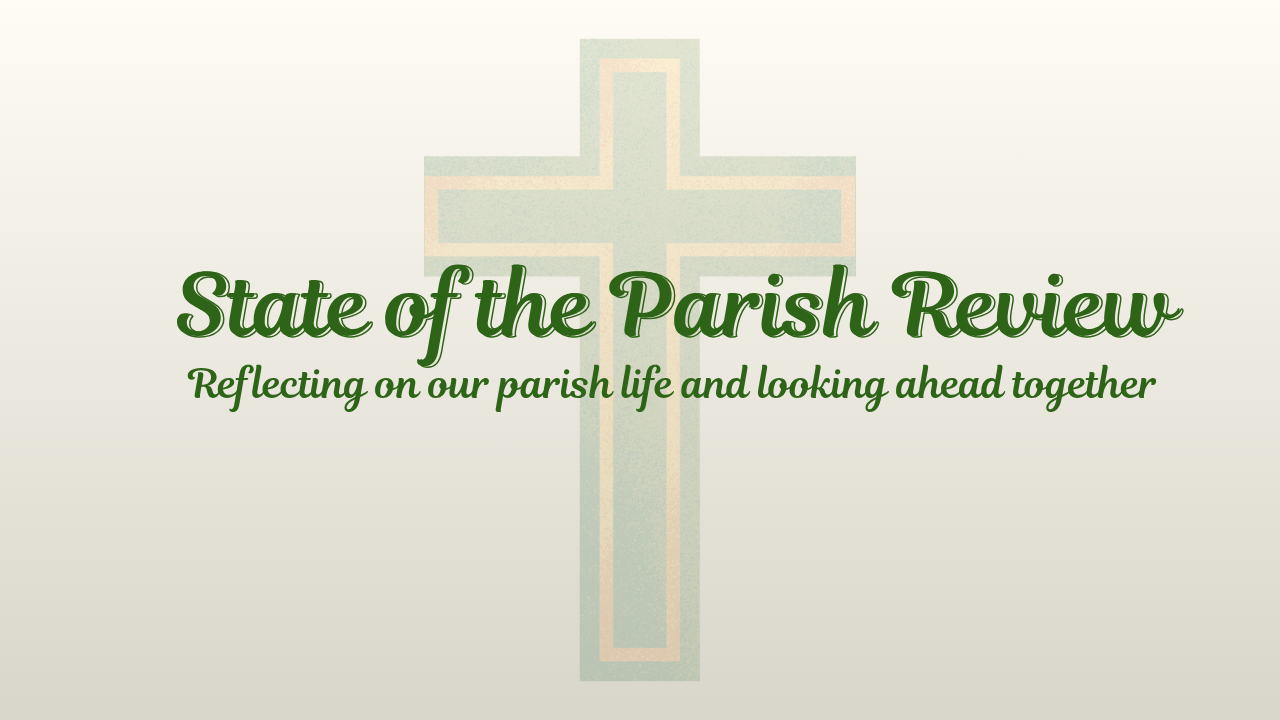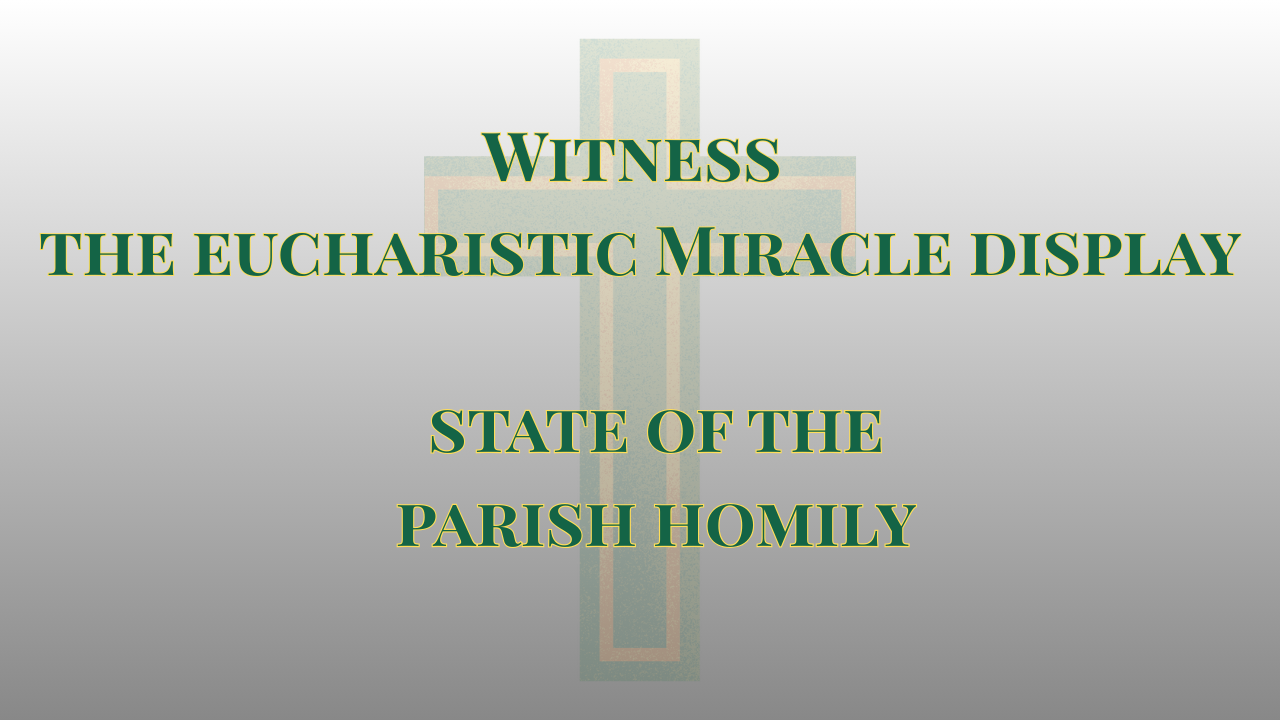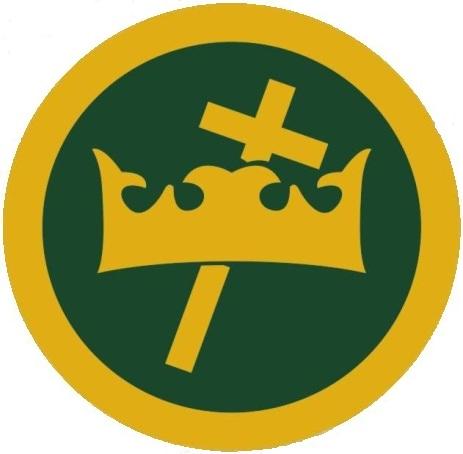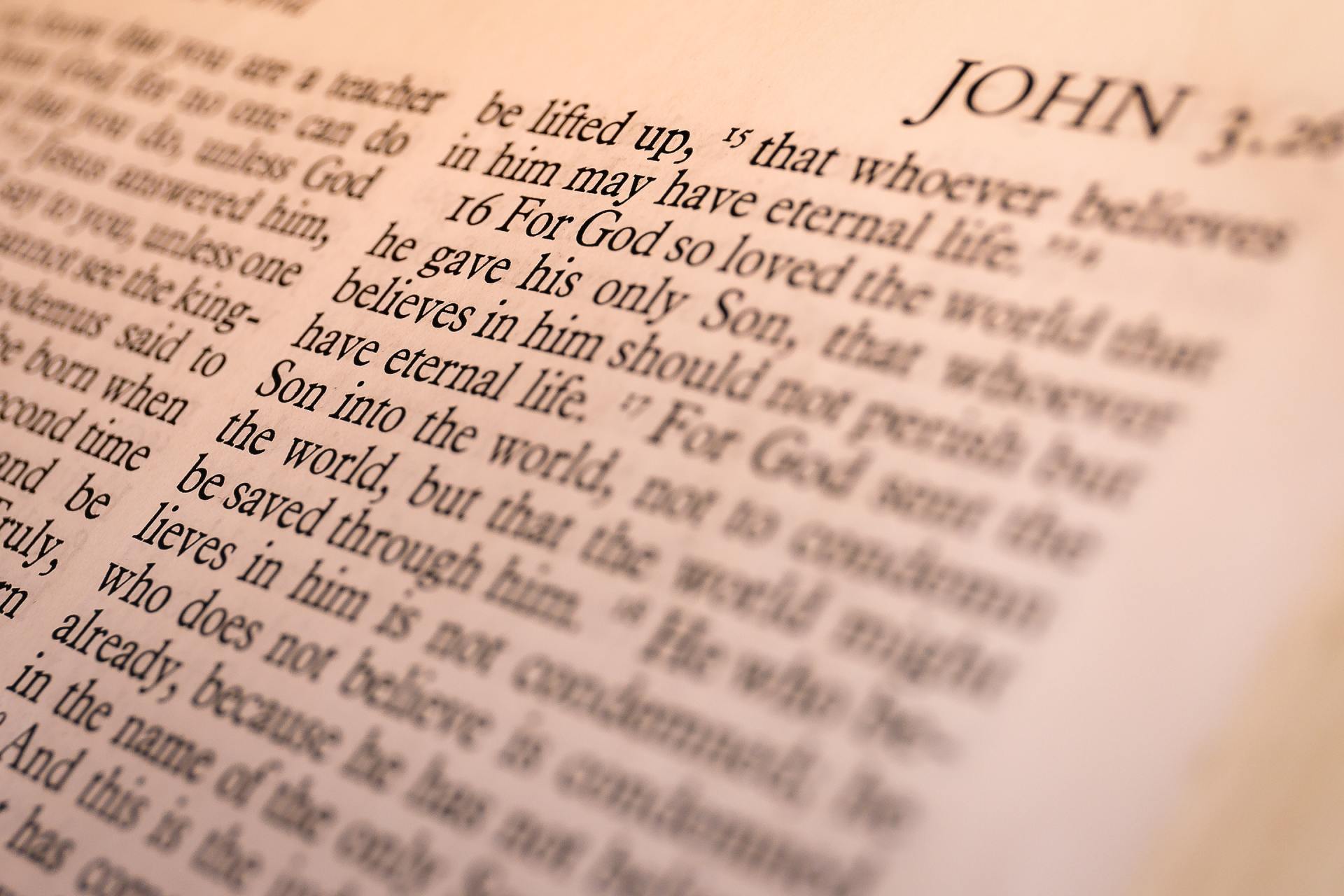Peace in the Holy Spirit
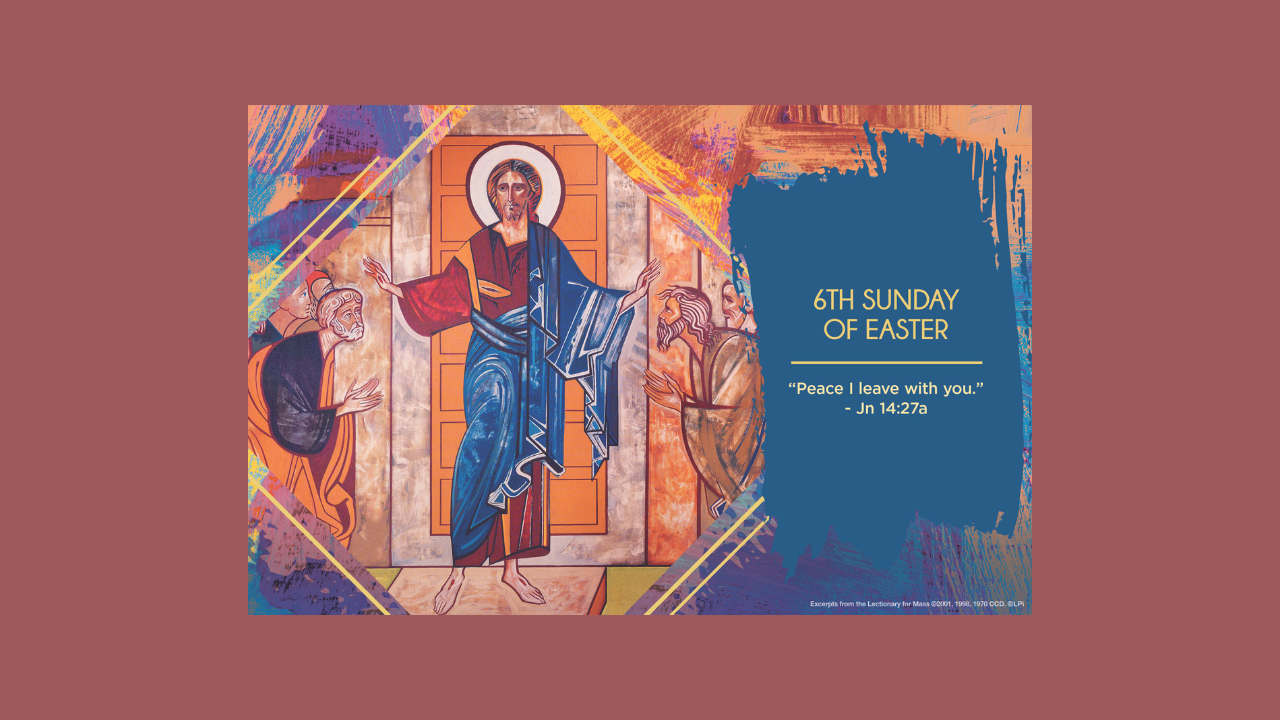
The Gospel for this Sunday takes us back to Holy Thursday in John’s Gospel, to the section known as the Last Discourse. John sets the stage for events to move fast after Jesus’s death and resurrection. Our Lord tells his disciples that his time with them is coming to an end. As a part of his final instructions he tells them that keeping his word, all that he taught them, will be the sure sign of their love for him. However, knowing the challenges of discipleship in this world, the Lord does not leave them empty handed for the task ahead of them.
Our Lord promises his disciples that the Father will send the Holy Spirit after his departure and the Church will see that the Holy Spirit remains as the continuing guarantor of God’s grace unfolding in the Church’s life. The Holy Spirit is given to all of the faithful in the Church both to know the Lord’s word, what he asks of us, as well as strengthening us to do fulfill the Lord’s will in our lives. With the Holy Spirit also comes the gift of God’s peace. This peace is the direct effect of the divine presence of the Spirit. As the Lord tells his disciples, and us, this peace is not a world peace. The peace of God that the Spirit brings is not an absence from trouble, frustrations, conflict, or pain, but strength and resolution in the face of latter to persevere and push onward towards the Kingdom of Heaven, our true home.
As we prepare for the great feasts of Ascension and Pentecost let us keep our hearts open to the Spirit who seeks to strengthen us, console us, love us, and guide us onwards to the Kingdom.
Congratulations Graduates/School’s Out
This past Wednesday we celebrated the end of the school year. I am grateful to our faculty and staff who made this a great year at CTK. On May 14th we celebrated the graduation of our 8th graders as well. May the Holy Spirit continue to guide and bless all of our graduates, reminding them of God’s presence and love in their lives, and leading them to greater things still. May the Lord bless all students and school staff with a peaceful and restful summer!
Priestly Ordinations
This weekend Bishop Paprocki ordained Charles Delano and Ryan Kehoe to the Priesthood of Jesus Christ at the Cathedral here in Springfield. Our diocese is blessed by God in these two good men. Please pray for them as they begin their priestly ministry.
Memorial Day Mass
Memorial Day is a sacred day for our nation when we remember those women and men who gave their lives in military service for our republic. Mass on Memorial Day, this Monday, will be at 8:00AM.
Marian Pilgrimage
I am departing this Monday with Fr. Michael Friedel from Blessed Sacrament Parish and thirty-five pilgrims to visit the Marian shrines of Fatima, Lourdes, and Montserrat. Please know of my prayers for the parish family during this time and please pray for the safety of our pilgrimage. I will be back at CTK on June 6.
Blessings to you for a safe and relaxing Memorial Day weekend and for the week ahead!
Father Chris House

